Home>Garden Essentials>When To Plant Creeping Thyme Ground Cover
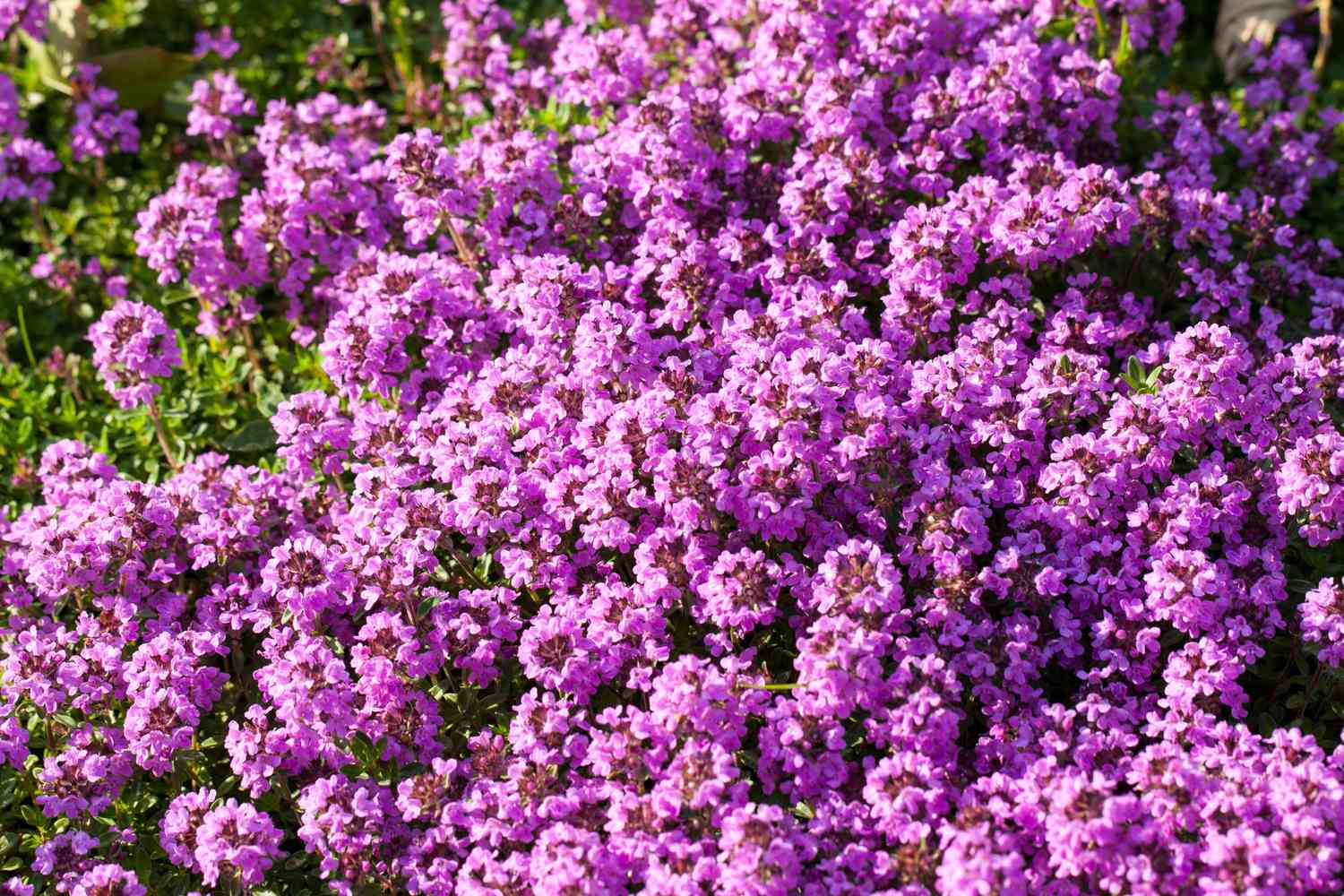

Garden Essentials
When To Plant Creeping Thyme Ground Cover
Modified: October 21, 2024
Looking to add some greenery to your garden? Find out when is the best time to plant creeping thyme ground cover and transform your garden into a vibrant oasis.
(Many of the links in this article redirect to a specific reviewed product. Your purchase of these products through affiliate links helps to generate commission for Storables.com, at no extra cost. Learn more)
Introduction
Welcome to the world of gardening, where nature and creativity come together to transform landscapes into stunning displays of color and life. If you’re looking to add an enchanting touch to your garden, consider planting creeping thyme ground cover. With its delicate flowers, aromatic scent, and ability to thrive in various conditions, creeping thyme is a versatile and beautiful addition to any outdoor space.
Creeping thyme, scientifically known as Thymus serpyllum, is a low-growing perennial herb that belongs to the mint family. It is native to Europe, Asia, and North Africa but has been widely cultivated in gardens around the world. This herbaceous plant is known for its creeping habit, which allows it to spread and create a lush carpet of foliage.
Before diving into the details of planting creeping thyme, there are a few factors to consider. First and foremost, determine whether your garden’s climate and soil conditions are suitable for this herb. Creeping thyme thrives in well-draining soil and prefers full sun exposure, although it can tolerate light shade. It is also drought-tolerant, making it an excellent choice for dry and arid climates.
One crucial element to consider is the purpose of the ground cover. Are you looking to fill in gaps between stepping stones, prevent weed growth, or create a vibrant carpet of color throughout your garden? Understanding your specific goals will help you choose the right variety of creeping thyme for your needs.
Now that you have determined that creeping thyme is an excellent choice for your garden, let’s dive into the best time of year to plant this versatile ground cover.
Key Takeaways:
- Plant creeping thyme in spring or fall for best results. It’s low-maintenance, suppresses weeds, and attracts pollinators, making it a beautiful and eco-friendly addition to your garden.
- Creeping thyme is a versatile ground cover that adds visual interest, controls soil erosion, and emits a pleasant fragrance. It’s a sustainable choice for water-wise gardens and requires minimal care once established.
Read more: How To Plant A Creeping Thyme Lawn
What is Creeping Thyme Ground Cover?
Creeping thyme ground cover is a low-growing herbaceous plant that forms a dense, spreading mat of foliage. It is valued for its ability to quickly fill in empty spaces, suppress weed growth, and add visual interest to gardens and landscapes. The name “creeping thyme” refers to the plant’s growth habit, as it grows horizontally and creeps along the ground, creating a carpet-like effect.
Creeping thyme plants typically have small, oval-shaped leaves that range in color from green to grayish-green. Some varieties may have variegated leaves, displaying splashes of cream or gold. The leaves are often aromatic and release a pleasant fragrance when brushed or stepped on, making them a delightful addition to walkways and garden paths.
One of the most appealing features of creeping thyme is its ability to produce an abundance of colorful flowers. These flowers can range in hues from white and pink to lavender and magenta, depending on the variety. The flowers are small, but they cluster together, creating a stunning display that attracts pollinators such as bees and butterflies.
Creeping thyme ground cover is not only visually pleasing but also serves practical purposes in the garden. Its dense growth helps prevent soil erosion, acting as a natural ground stabilizer. Additionally, the thick mat of foliage created by creeping thyme can inhibit the growth of unwanted weeds, reducing the need for excessive weeding and maintenance.
Due to its adaptability, creeping thyme can be used in various landscaping applications. It is commonly utilized between stepping stones, along garden borders, or as a ground cover in rock gardens. Its low-growing nature also makes it suitable for cascading over walls or edging pathways, adding a touch of charm to any garden design.
Now that you know what creeping thyme ground cover is let’s explore the factors you should consider before planting this beautiful herb in your garden.
Factors to Consider Before Planting Creeping Thyme
Before embarking on the journey of planting creeping thyme in your garden, it is important to consider a few key factors. Taking these factors into account will help ensure that your creeping thyme ground cover thrives and brings beauty to your outdoor space for years to come.
1. Climate and Hardiness: Creeping thyme is known for its adaptability and can tolerate a wide range of climates. However, it is essential to check if your specific region falls within the suitable hardiness zone for the variety you choose. Different varieties can have varying cold or heat tolerance, so make sure to select the appropriate one for your climate.
2. Soil Requirements: Creeping thyme prefers well-draining soil. It does best in sandy or loamy soil, but can also tolerate poor soil conditions. Good drainage is crucial to prevent waterlogging and root rot. If your soil lacks drainage, consider amending it by adding organic matter or perlite to improve its texture.
3. Sun Exposure: Creeping thyme is a sun-loving plant and thrives in full sun. It requires at least 6-8 hours of direct sunlight daily to maintain its vibrant foliage and produce abundant flowers. While it can tolerate light shade, prolonged shade can lead to leggy growth and reduced flowering.
4. Space Availability: Consider the available space in your garden before planting creeping thyme. This ground cover tends to spread and can quickly fill in empty areas. Therefore, choose a location where it has room to grow and won’t overshadow or crowd out other plants or features.
5. Maintenance Level: Creeping thyme is a relatively low-maintenance plant, but it still requires some care. Consider your willingness and ability to provide the necessary maintenance, such as regular watering, occasional fertilization, and trimming to maintain its shape and prevent overgrowth.
6. Companion Plants: Think about the surrounding plants when selecting the variety of creeping thyme. Consider complementary colors and growth habits that will enhance the overall aesthetic of your garden. Avoid planting creeping thyme near aggressive plants that may overpower or crowd it out.
7. Local Restrictions: Check with your local authorities or homeowner’s association if there are any restrictions or guidelines regarding the planting of creeping thyme or any other ground cover plants in your area. It’s important to ensure compliance to avoid any penalties or conflicts.
By considering these factors, you can make an informed decision about planting creeping thyme ground cover in your garden. Now that you have the necessary information, let’s move on to discussing the best time of year to plant this versatile herb.
Best Time of Year to Plant Creeping Thyme
Timing is crucial when it comes to planting creeping thyme to ensure optimal growth and establishment. While creeping thyme can be planted at any time of the year, there are specific seasons that offer the most favorable conditions for successful establishment.
Spring: Spring is an ideal time to plant creeping thyme, especially in regions with mild winters. As the temperatures begin to rise and the soil starts to warm up, creeping thyme seeds or transplants can be sown or planted. This allows the plant to establish strong roots and take advantage of the growing season ahead.
Summer: In warmer climates, where winters are mild and frost is rare, summer can be a suitable time for planting creeping thyme. However, it is important to avoid planting during the hottest part of the summer, as extreme heat and limited moisture can stress the plant. Aim for early summer or late summer when temperatures are more moderate.
Fall: Fall is an excellent time to plant creeping thyme, particularly in regions with colder winters. As the temperatures cool down, the soil remains warm enough for the plant to establish its roots before winter arrives. Planting in the fall also allows the creeping thyme to take advantage of the moisture from fall rains and be well-established before the dormant period.
Winter: While it is not the ideal time to plant creeping thyme, some gardeners in mild-winter regions may find success by planting in the winter. It is essential to avoid frost periods and ensure the soil is workable. Consider using row covers or mulch to protect the newly planted thyme from temperature fluctuations.
Regardless of the season you choose to plant creeping thyme, it is crucial to provide proper care and attention during the establishment phase. Adequate watering, regular monitoring for pests and diseases, and providing protection against harsh weather conditions will help the plant thrive and establish a strong root system.
It’s important to note that if you choose to start from seeds, the germination process may take time, and it’s recommended to start indoors and transplant outdoors when the weather is favorable. If opting for transplants, choose healthy specimens from reputable nurseries or garden centers.
Now that you have an understanding of the best time to plant creeping thyme, let’s move on to the steps involved in planting this versatile ground cover.
Steps for Planting Creeping Thyme Ground Cover
Planting creeping thyme ground cover requires careful preparation and attention to ensure successful establishment and optimal growth. Follow these steps to plant your creeping thyme and create a beautiful carpet of foliage and flowers in your garden:
- Prepare the Soil: Start by preparing the soil in the planting area. Remove any weeds, rocks, or debris that may hinder the growth of the creeping thyme. Loosen the soil with a garden fork or tiller and amend it with organic matter, such as compost, to improve drainage and fertility.
- Choose the Planting Location: Select a location that receives ample sunlight and has well-draining soil. Creeping thyme thrives in full sun but can tolerate light shade. Ensure there is enough space for the thyme to spread and grow without overcrowding other plants.
- Planting Seeds: If starting from seeds, follow the instructions on the seed packet for the recommended planting depth and spacing. Gently press the seeds into the prepared soil and cover lightly with a thin layer of soil. Water the area thoroughly after planting.
- Planting Transplants: If using transplants, dig a hole that is slightly larger than the root ball of the plant. Place the transplant in the hole, ensuring the top of the root ball is level with the soil surface. Backfill the hole with soil, firming it gently around the roots. Water the plant well after planting to settle the soil.
- Watering: Adequate watering is crucial during the first few weeks after planting to help the creeping thyme establish its roots. Water the planting area thoroughly, making sure the soil is evenly moist but not waterlogged. As the plant becomes established, reduce the frequency of watering, allowing the soil to dry slightly between waterings.
- Mulching: Apply a layer of organic mulch, such as straw or wood chips, around the base of the creeping thyme plants. Mulching helps retain moisture, suppress weed growth, and regulate soil temperature. Avoid piling the mulch against the stems to prevent moisture-related issues.
- Maintenance: Regularly monitor the creeping thyme plants for any signs of pests or diseases. Trim back any dead or damaged foliage to maintain the plant’s health and appearance. Fertilize lightly in early spring with a balanced organic fertilizer to promote healthy growth.
- Expansion and Division: Over time, creeping thyme will naturally spread and fill in the surrounding area. If desired, you can divide and replant sections of the established plant to expand its coverage or share with fellow gardeners.
Remember to enjoy the process of planting and nurturing your creeping thyme ground cover. As it grows and flourishes, you will be rewarded with a carpet of vibrant foliage and fragrant flowers that will enhance the beauty of your garden.
Now that you have learned the steps for planting creeping thyme, let’s explore how to care for and maintain this lovely ground cover.
Plant creeping thyme ground cover in the spring after the last frost, or in the fall. This will give the plants time to establish before the heat of summer or the cold of winter.
Read more: When To Plant Pachysandra Ground Cover
Care and Maintenance of Creeping Thyme
Creeping thyme is a relatively low-maintenance ground cover plant, but it still requires some care to ensure its health and vitality. By following these care and maintenance practices, you can keep your creeping thyme looking lush and beautiful:
- Watering: While creeping thyme is drought-tolerant, it is important to provide regular watering, especially during dry periods. Water deeply, allowing the soil to dry slightly between waterings. Avoid overwatering, as it can lead to root rot and other moisture-related issues.
- Weeding: While creeping thyme acts as a natural weed suppressor, occasional weeding may still be necessary, especially during its initial establishment period. Remove any unwanted weeds by hand, taking care not to disturb the thyme’s shallow root system.
- Trimming: Regular trimming helps maintain the shape and compactness of the creeping thyme. Prune back any leggy or overgrown stems to encourage bushier growth and to prevent the plant from becoming straggly. Pruning can also help maintain the desired height and prevent the thyme from encroaching on nearby plants or pathways.
- Fertilization: Creeping thyme typically does not require heavy fertilization. However, a light application of a balanced organic fertilizer in early spring can promote healthy growth and flowering. Avoid excessive fertilization, as it can lead to lush foliage at the expense of flower production.
- Mulching: Applying a layer of organic mulch around the base of the creeping thyme plants can help conserve moisture, suppress weed growth, and regulate soil temperature. Mulch also adds an attractive aesthetic element to the garden. Ensure the mulch is not piled up against the stems to prevent issues with moisture retention.
- Managing Pests and Diseases: Creeping thyme is generally resistant to most pests and diseases. However, keep an eye out for common garden pests like aphids, spider mites, and slugs. Regularly inspect the plants, and if pests are detected, take appropriate action, such as using insecticidal soap or natural pest control methods. Ensure good air circulation around the plants to discourage fungal diseases.
- Division: Over time, creeping thyme may become congested or start to decline in the center. To rejuvenate the plant, you can divide and replant sections of the thyme. Dig up the plant, carefully separate the clumps, and replant the divisions in well-prepared soil. Dividing every few years can help maintain the plant’s vigor and overall health.
- Winter Care: Creeping thyme is generally hardy, but in areas with harsh winters, some protection may be necessary. Apply a layer of mulch around the plants in late fall to help insulate the soil and protect the roots from freezing. In extremely cold regions, consider covering the thyme with a breathable cloth or using winter plant covers to provide additional protection.
By following these care and maintenance practices, you can ensure that your creeping thyme remains healthy and vibrant, enhancing the beauty of your garden year after year.
Next, let’s address some common problems that you may encounter while growing creeping thyme and how to solve them.
Common Problems and How to Solve Them
Although creeping thyme is a resilient and adaptable ground cover plant, it may face a few common problems. By being aware of these issues and taking appropriate measures, you can keep your creeping thyme healthy and thriving. Here are some common problems and their solutions:
- Poor Drainage: If the soil has poor drainage, it can lead to root rot and other moisture-related issues. To improve drainage, amend the soil with organic matter, like compost or perlite, to create a looser and more well-draining medium. Avoid overwatering and consider planting the thyme on a slight slope or in raised beds.
- Weed Growth: While creeping thyme is known for suppressing weeds, occasionally some unwanted plants may still find their way. Regular weeding by hand can help remove these intruders without causing damage to the thyme. Apply mulch around the plants to further inhibit weed growth and maintain a tidy appearance.
- Pest Infestations: Creeping thyme is generally resistant to pests. However, common pests like aphids, spider mites, and slugs may occasionally appear. To control these pests, try using natural remedies or organic insecticides. Regularly inspect the plants and take action at the first sign of infestation.
- Fungal Diseases: Poor air circulation and excessive moisture can lead to fungal diseases such as powdery mildew or root rot. To prevent these issues, ensure proper spacing between plants and improve air circulation by trimming back any overcrowded growth. Avoid overwatering and provide adequate sunlight to keep the plants dry and healthy.
- Overgrown Appearance: Creeping thyme can become leggy or overgrown if left untrimmed. Regularly trim back the plants, removing any straggly or long stems to promote bushier growth and maintain a compact and attractive appearance. Trim after flowering to encourage further blooming and prevent self-seeding.
- Winter Damage: In regions with harsh winters, creeping thyme may experience cold damage or frost heaving. Apply a layer of mulch in late fall to insulate the soil and protect the roots. Consider using breathable covers or cloths to shield the plants from extreme cold temperatures. If necessary, trim back any damaged or dead growth in early spring.
By being proactive in monitoring your creeping thyme and addressing these common problems, you can ensure that your ground cover remains healthy and vibrant.
Now that we have covered the common problems and their solutions, let’s explore the benefits of using creeping thyme as a ground cover in your garden.
Benefits of Using Creeping Thyme as Ground Cover
Creeping thyme offers numerous benefits when used as a ground cover in your garden. From its visual appeal to its ecological advantages, here are some of the many benefits of using creeping thyme in your outdoor space:
- Beautiful Appearance: Creeping thyme creates a stunning visual display with its dense carpet of foliage and delicate flowers. The low-growing habit and vibrant colors add depth, texture, and visual interest to any garden design. It can be used to fill in gaps between garden elements or to create a vibrant, colorful ground cover.
- Weed Suppression: One of the key benefits of creeping thyme as a ground cover is its ability to suppress weed growth. The dense mat of foliage created by the thyme prevents weeds from germinating and taking over the garden. This reduces the need for excessive weeding, saving you time and effort in maintaining your garden.
- Soil Erosion Control: With its spreading growth habit, creeping thyme helps control soil erosion on slopes and steep areas. The tangled root system of the thyme holds the soil together, preventing it from washing away during heavy rains. By acting as a natural ground stabilizer, it helps protect your garden and maintain its integrity.
- Pollinator Attraction: Creeping thyme is highly attractive to pollinators such as bees and butterflies. The small flowers produce nectar and pollen, serving as a valuable food source for these beneficial insects. By planting creeping thyme, you can support the local ecosystem and encourage pollinator activity in your garden.
- Aromatic Fragrance: One of the delightful features of creeping thyme is its aromatic scent. When brushed or stepped on, the leaves release a pleasant fragrance that adds to the sensory experience in your garden. This aroma can be especially enjoyable when planted near walkways or seating areas.
- Drought Tolerance: Creeping thyme is well-known for its drought tolerance, making it an excellent choice for water-wise gardens and regions with dry climates. Once established, it can survive on minimal water, reducing the need for frequent irrigation. This makes it a sustainable option for conserving water in your garden.
- Low Maintenance: For those seeking a low-maintenance ground cover option, creeping thyme fits the bill. It requires minimal care once established, relying on natural rainfall for watering and rarely requiring fertilization. Regular trimming to maintain its shape and prevent overgrowth is the primary maintenance task.
- Versatility: Creeping thyme is a versatile herb that can adapt to various garden settings. It can fill in the gaps between stepping stones, cascade over walls, edge pathways, or create a vibrant ground cover in rock gardens. Its ability to thrive in different soil conditions and tolerate varying sunlight levels adds to its versatility.
With its numerous benefits, creeping thyme is a fantastic choice for adding beauty, functionality, and ecological value to your garden. Consider incorporating this versatile ground cover into your outdoor space for a visually stunning and sustainable landscaping solution.
Now that you are aware of the benefits of using creeping thyme, you have the knowledge to transform your garden into a breathtaking oasis of color and life.
Remember to enjoy the process of gardening and take the time to revel in the beauty that creeping thyme brings to your outdoor space. Happy gardening!
Note: The information provided in this article is for general guidance purposes only and does not replace professional advice. Consult a horticulturist or local gardening expert for personalized recommendations based on your specific garden conditions.
Conclusion
In conclusion, planting creeping thyme ground cover in your garden can bring a myriad of benefits. From its stunning appearance and weed suppression capabilities to its ecological advantages, creeping thyme is a versatile and beautiful addition to any outdoor space.
Before planting creeping thyme, make sure to consider factors such as climate, soil conditions, and space availability. By doing so, you can ensure that the plant thrives in its intended environment and provides maximum visual impact.
Choosing the right time of year to plant creeping thyme is crucial for successful establishment. Spring and fall are generally the best seasons, providing optimal conditions for the plant to develop strong roots and take advantage of favorable weather.
When it comes to planting creeping thyme, follow the steps of soil preparation, choosing the right location, and proper planting techniques. Adequate watering, regular maintenance, and occasional division can ensure the health and vitality of the thyme over time.
While creeping thyme is generally low-maintenance and resistant to pests and diseases, it is important to be proactive in addressing common issues. Regular weeding, trimming, and monitoring for signs of pests or diseases will help keep the plant healthy and thriving.
The benefits of using creeping thyme as a ground cover are plenty. It adds visual interest to your garden, suppresses weed growth, controls soil erosion, attracts pollinators, emits a pleasant fragrance, and requires minimal maintenance. Its versatility allows for various landscaping applications, making it a valuable addition to any garden design.
By incorporating creeping thyme into your garden, you not only enhance its beauty but also contribute to the sustainability of your outdoor space. The drought tolerance and low water requirements of creeping thyme make it an eco-friendly choice that conserves water and supports the local ecosystem.
So, whether you want to fill in gaps between stepping stones, create a vibrant ground cover, or add fragrance to your garden, choose creeping thyme as your go-to herbaceous plant.
Remember, gardening is a journey of creativity and connection with nature. Embrace the joy of nurturing your garden and enjoy the beauty that creeping thyme brings to your outdoor sanctuary. Happy planting!
Note: The information provided in this article is for general guidance purposes only and does not replace professional advice. Consult a horticulturist or local gardening expert for personalized recommendations based on your specific garden conditions.
Frequently Asked Questions about When To Plant Creeping Thyme Ground Cover
Was this page helpful?
At Storables.com, we guarantee accurate and reliable information. Our content, validated by Expert Board Contributors, is crafted following stringent Editorial Policies. We're committed to providing you with well-researched, expert-backed insights for all your informational needs.
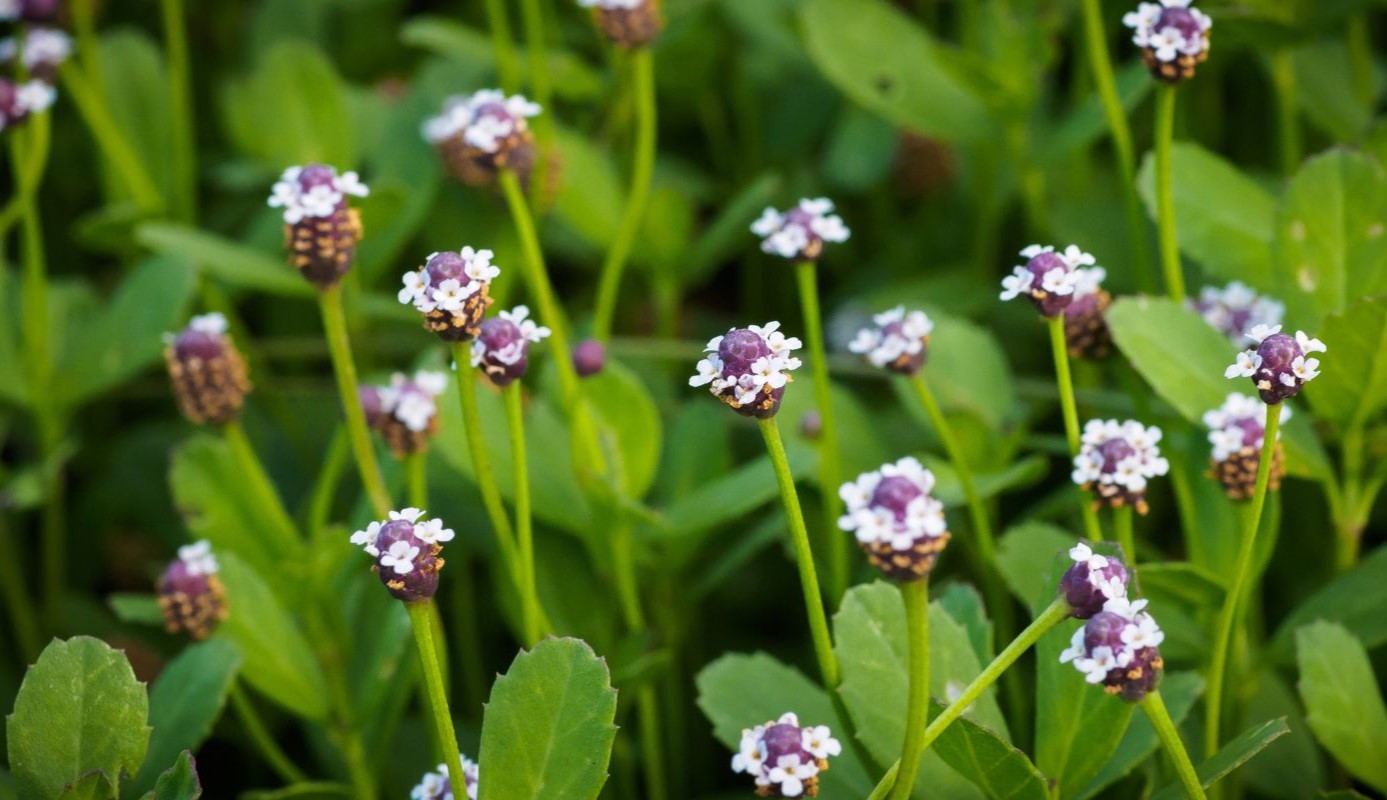
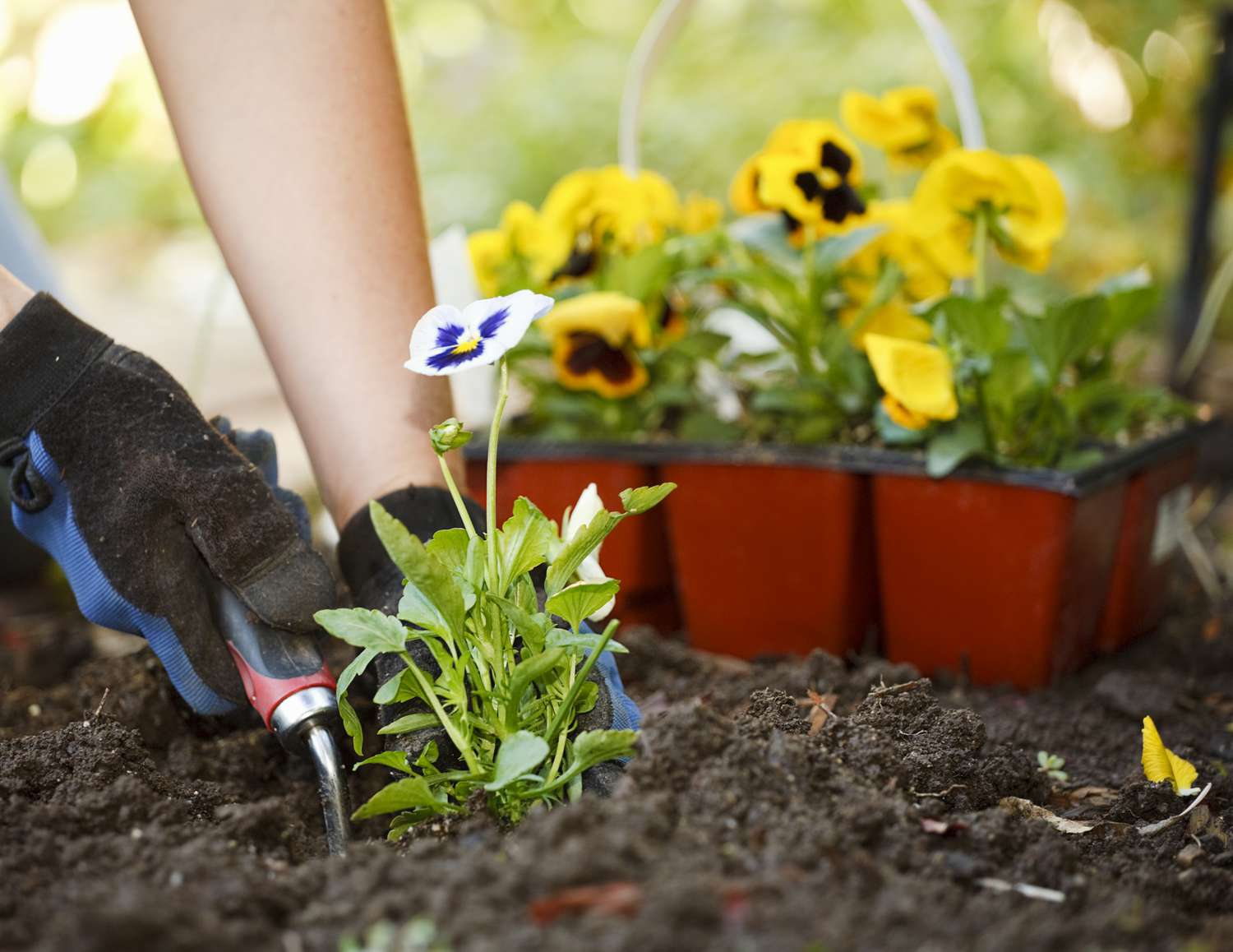
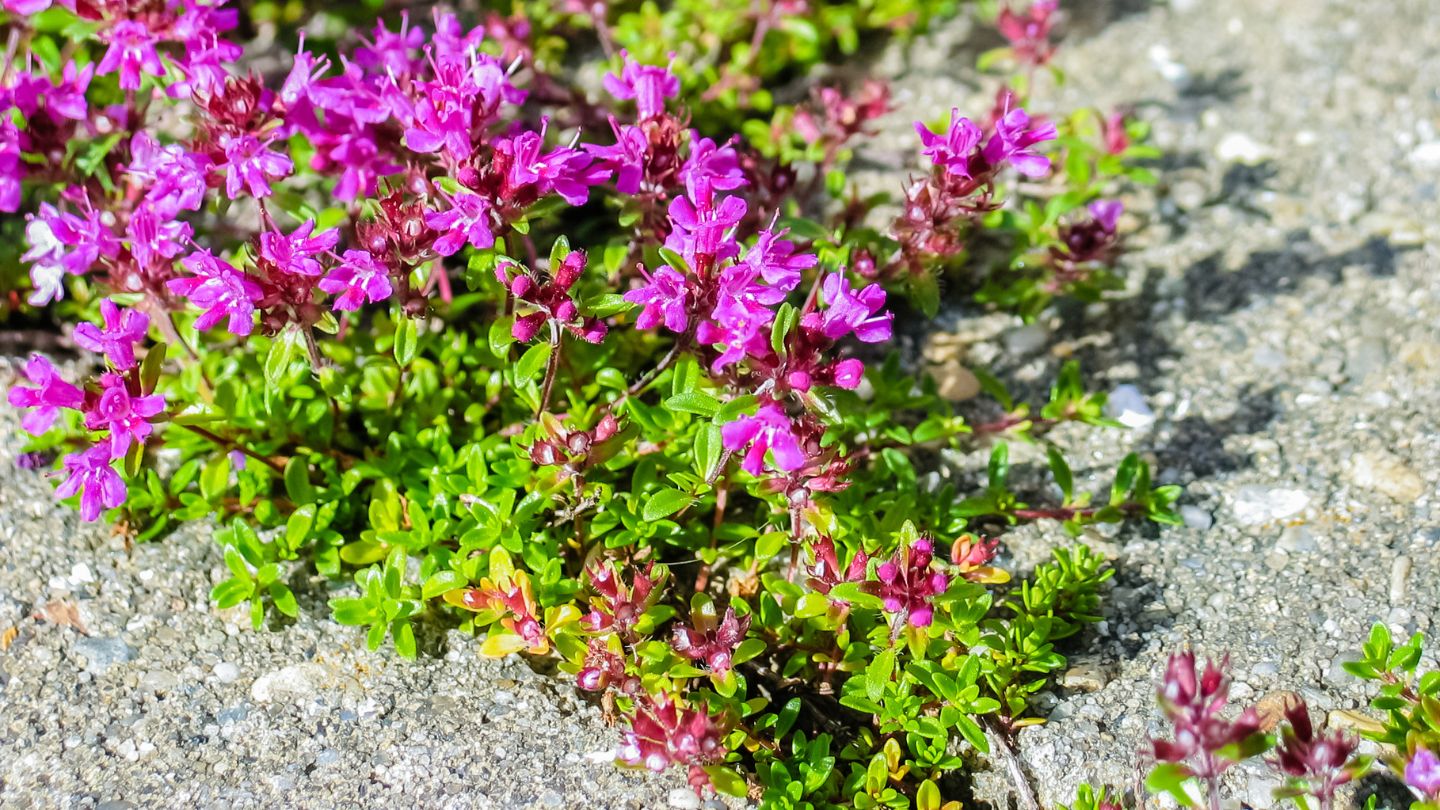
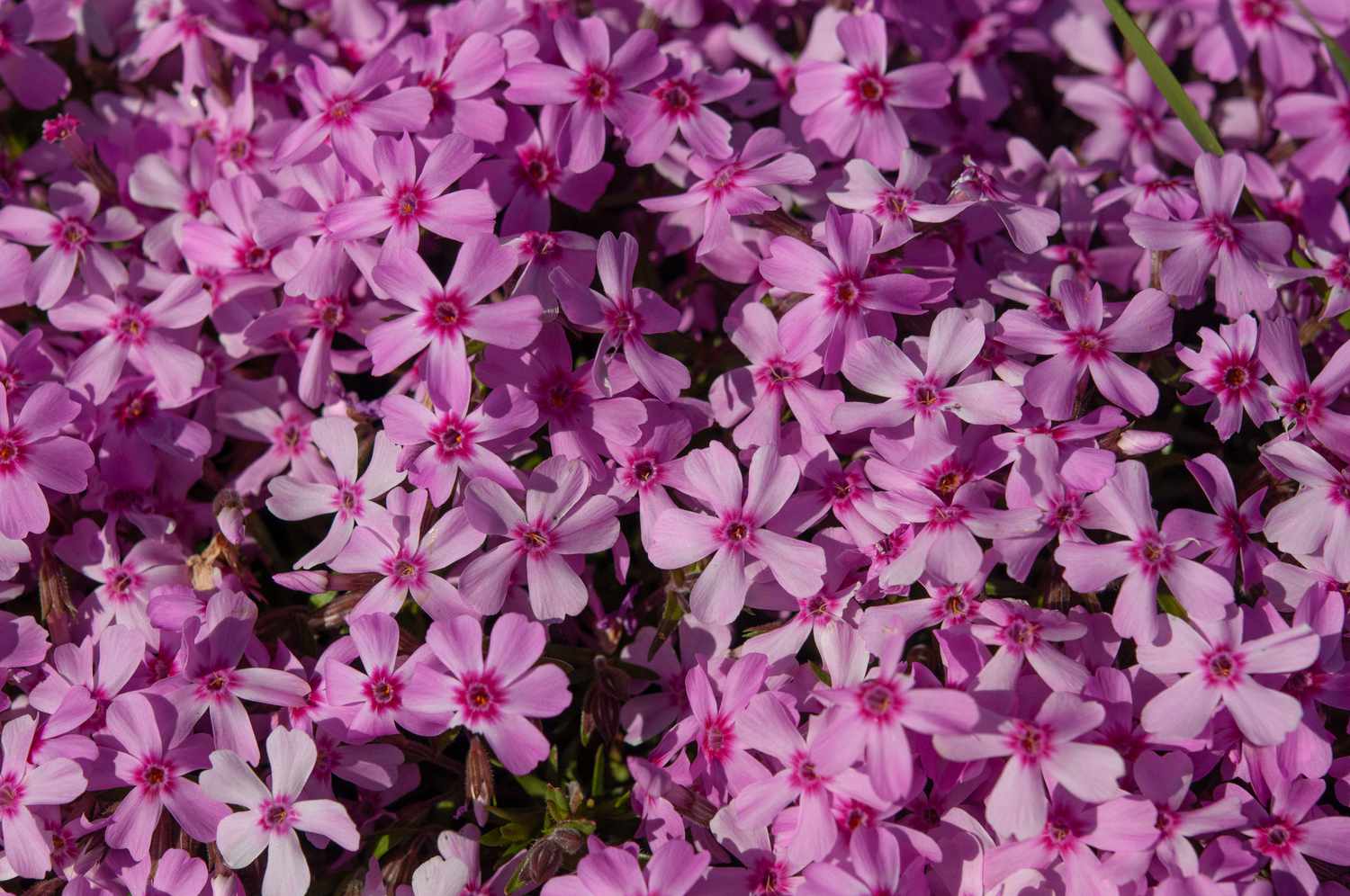
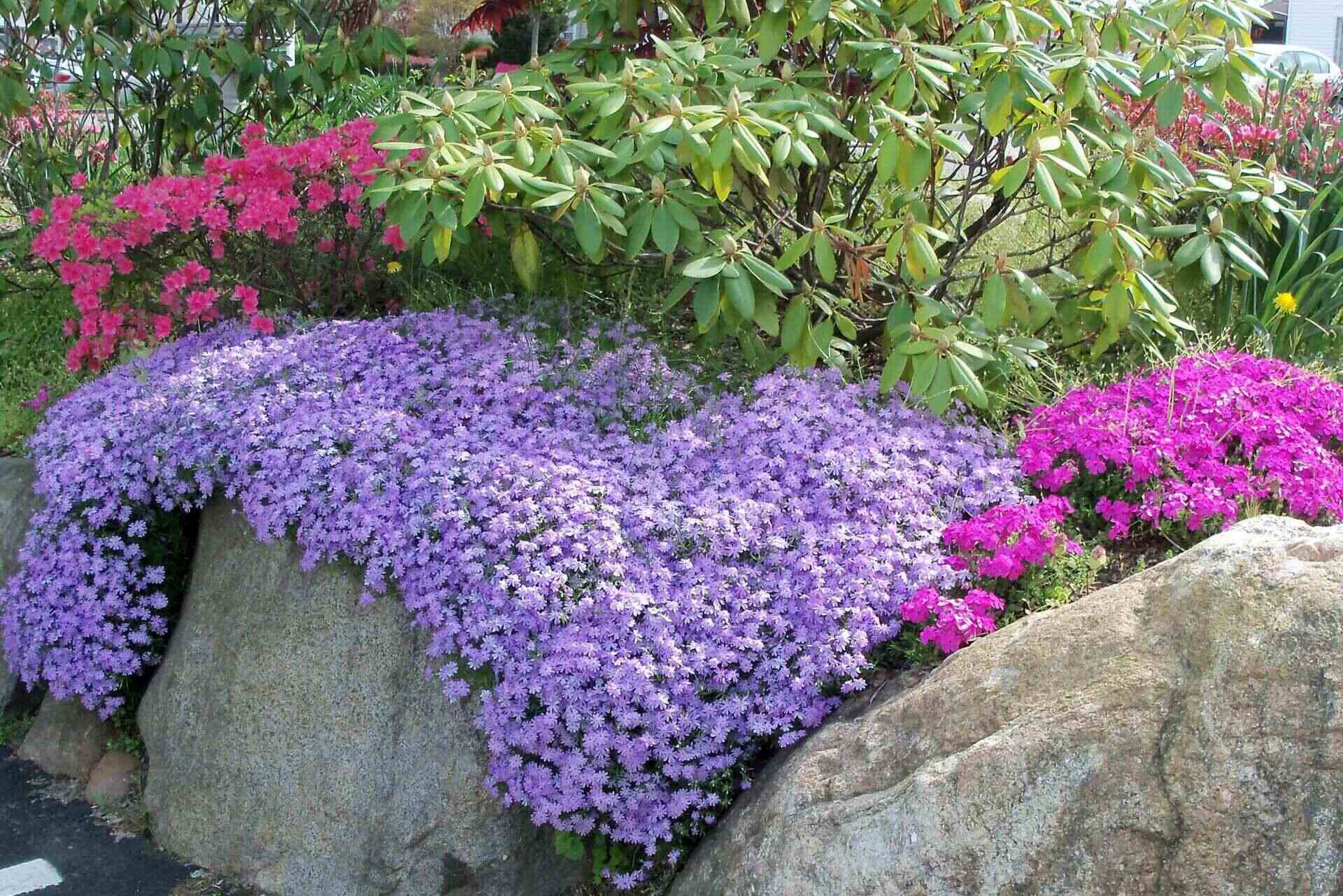
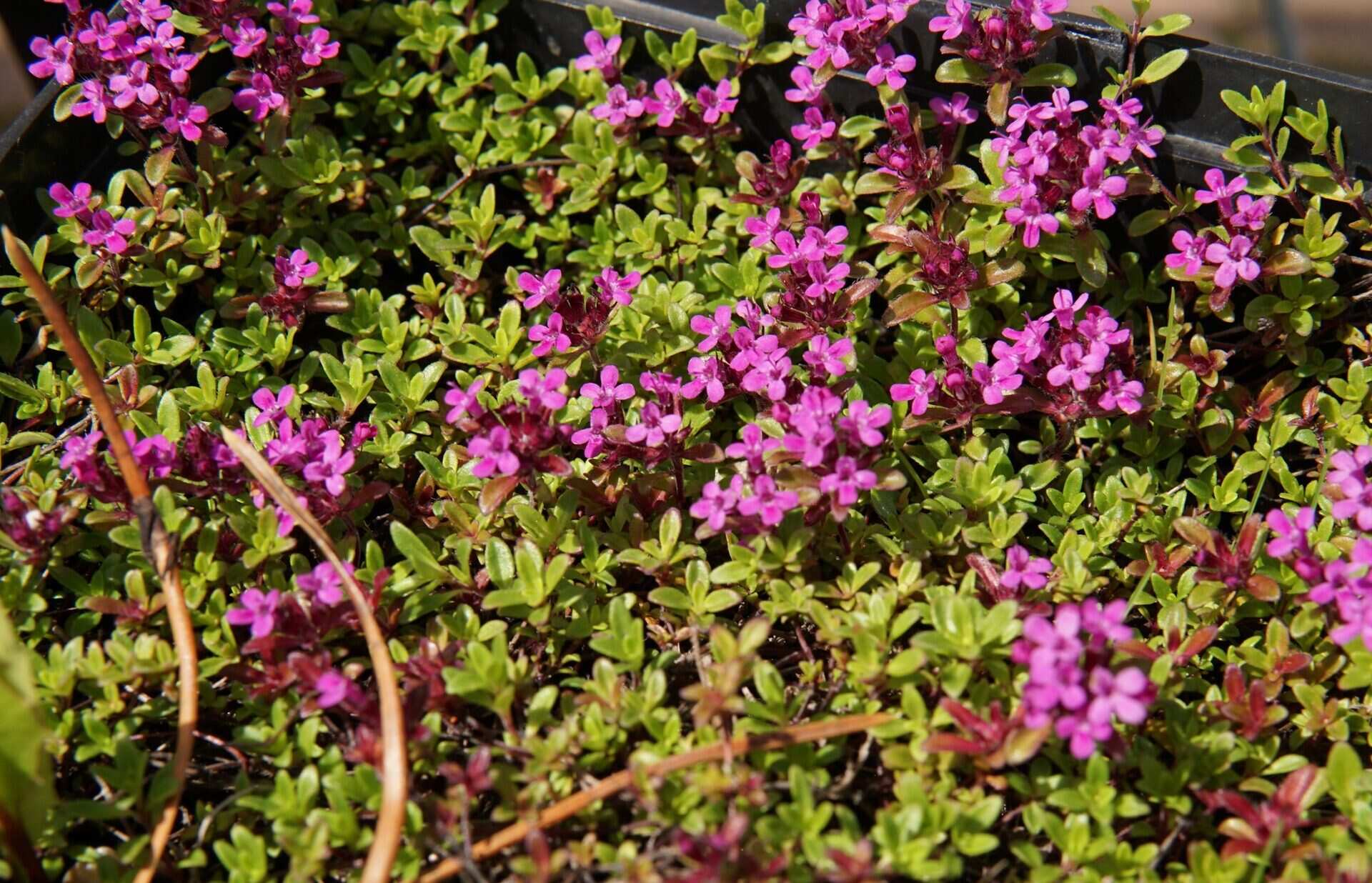
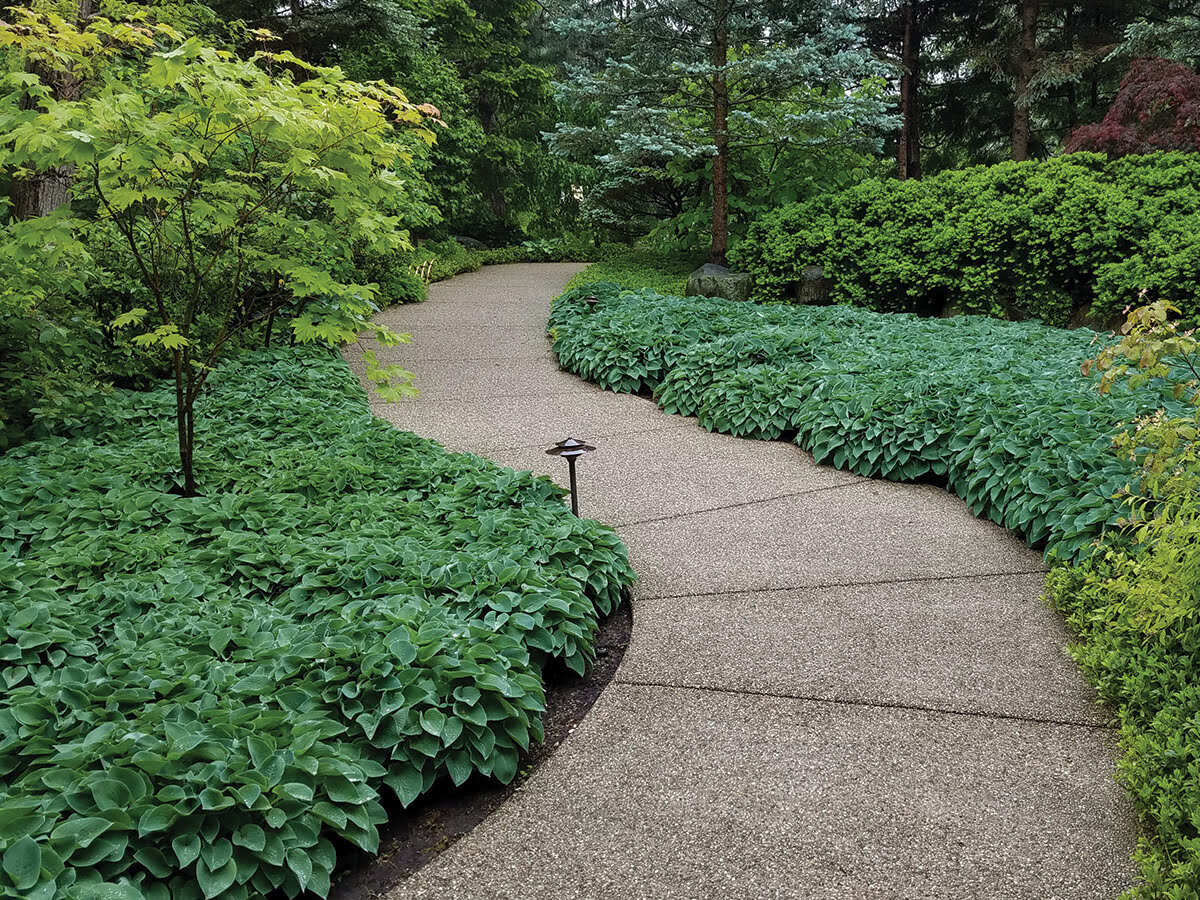
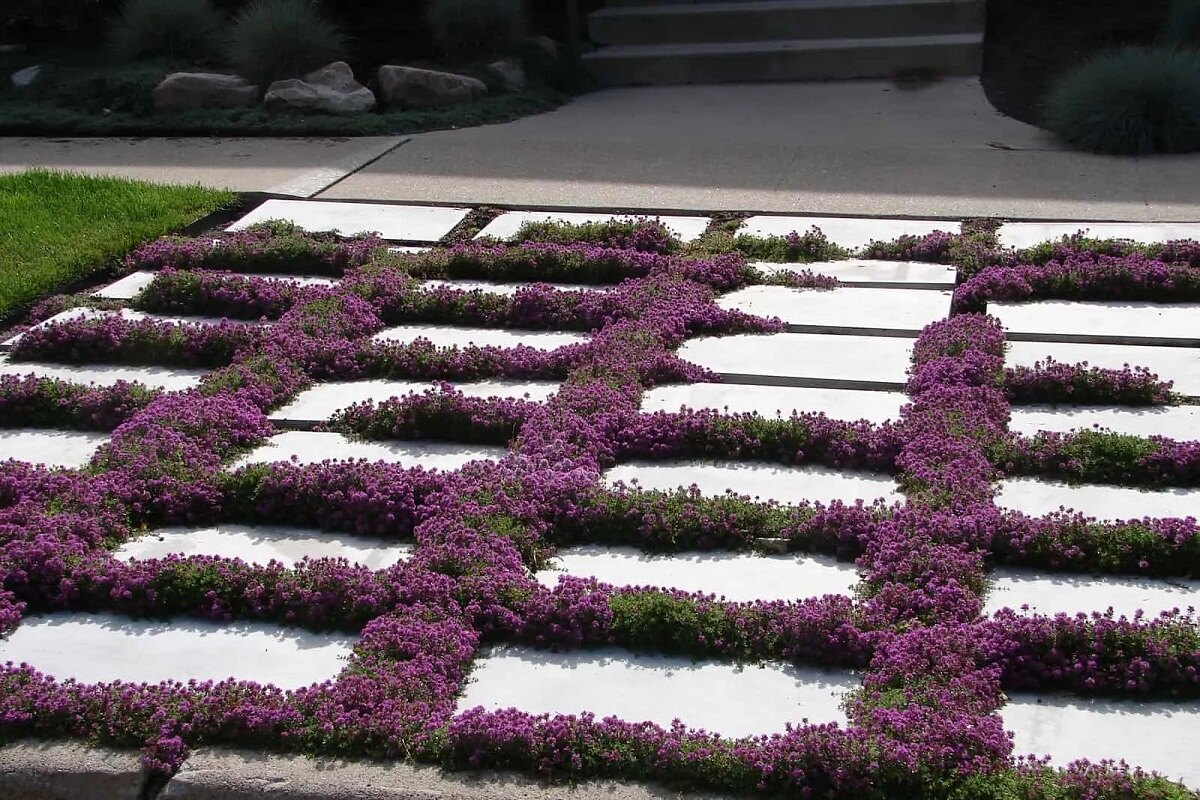
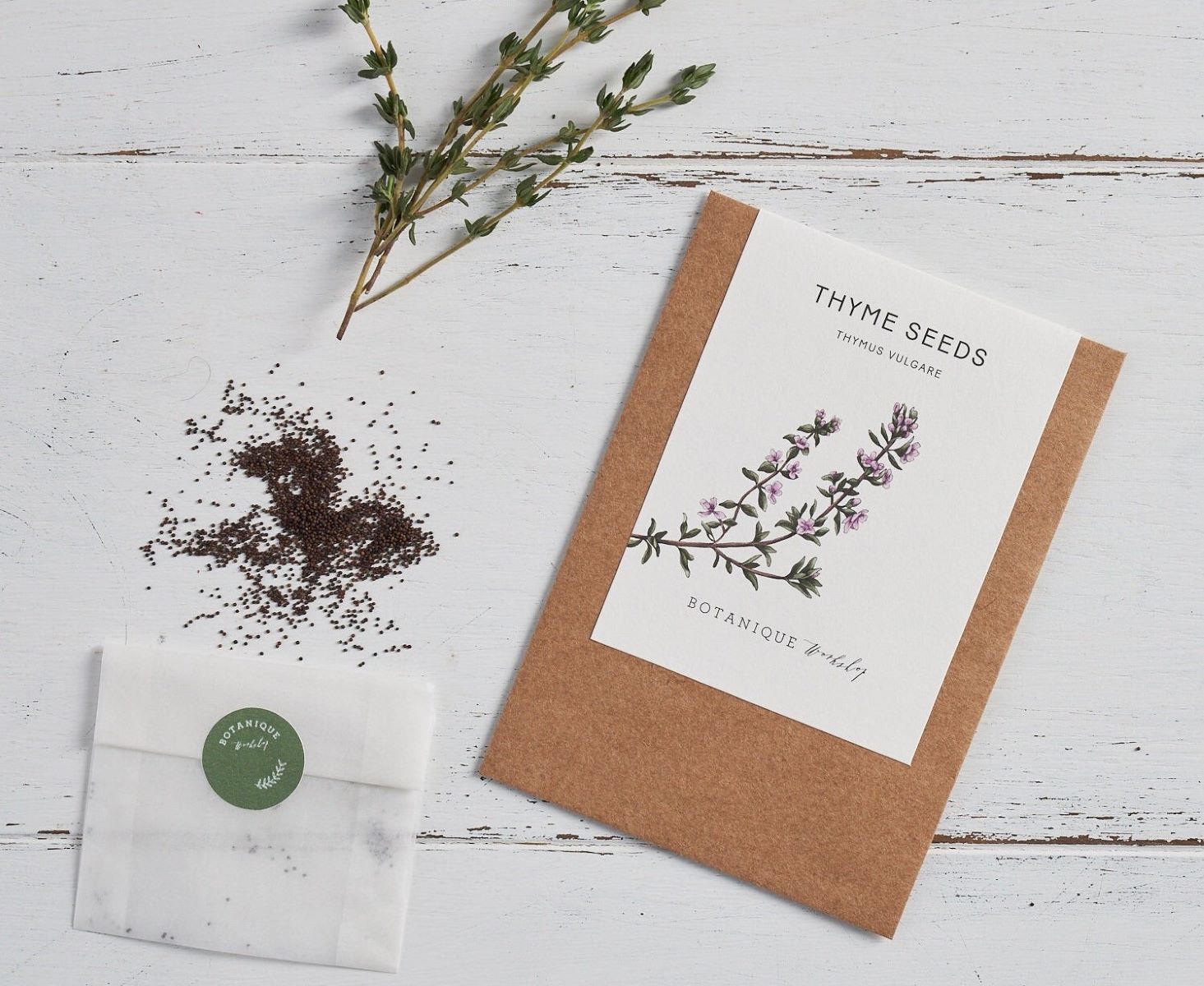
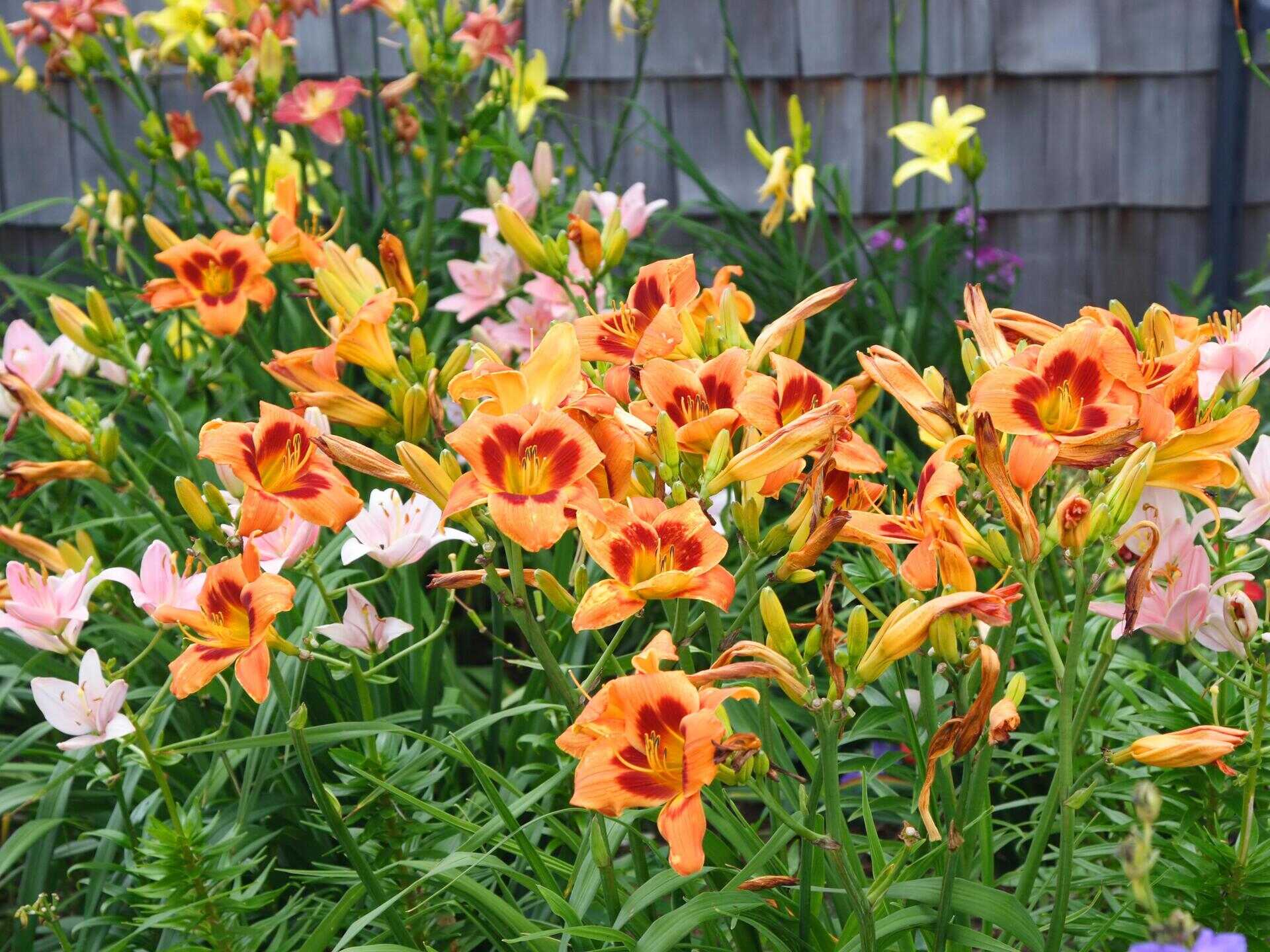
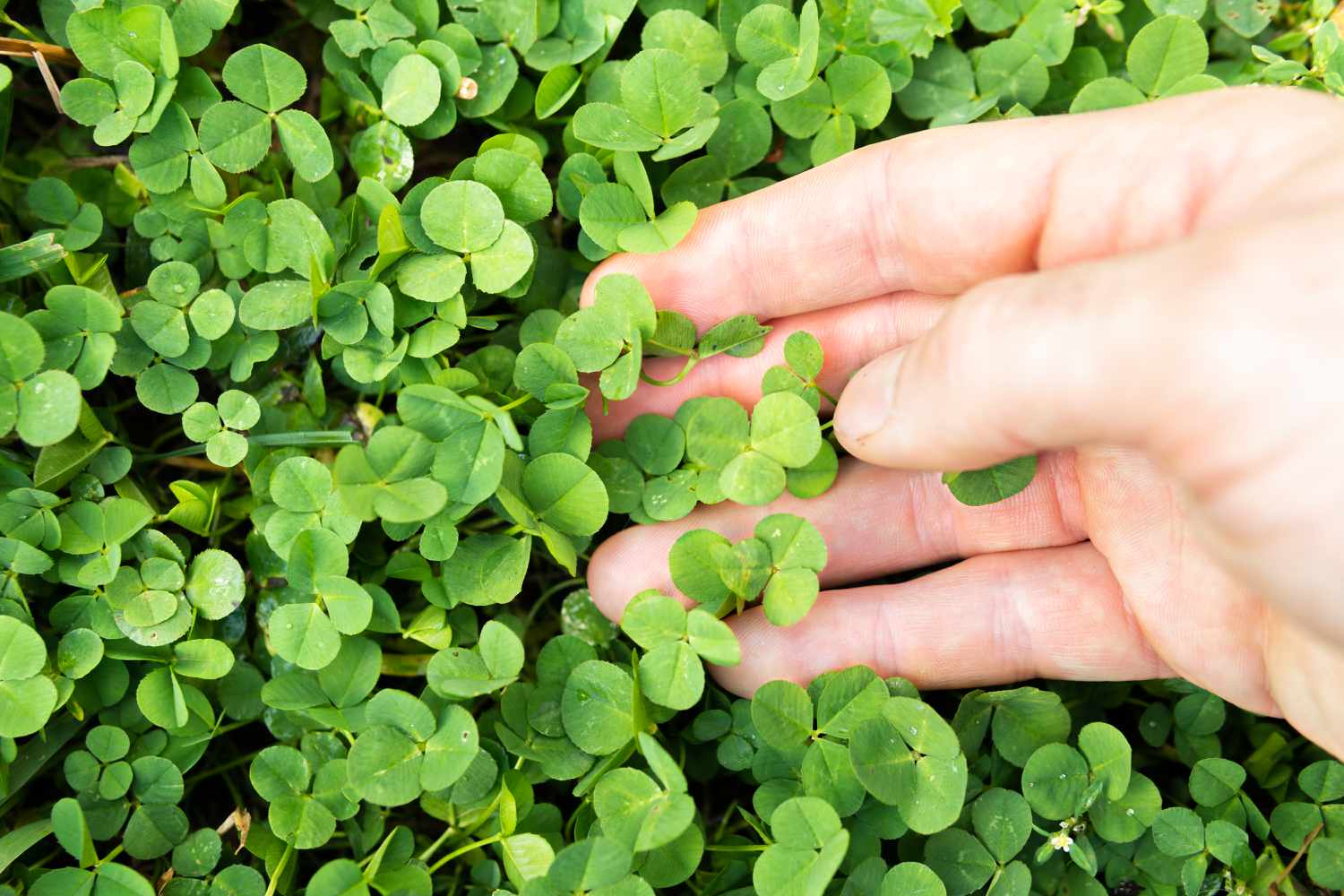
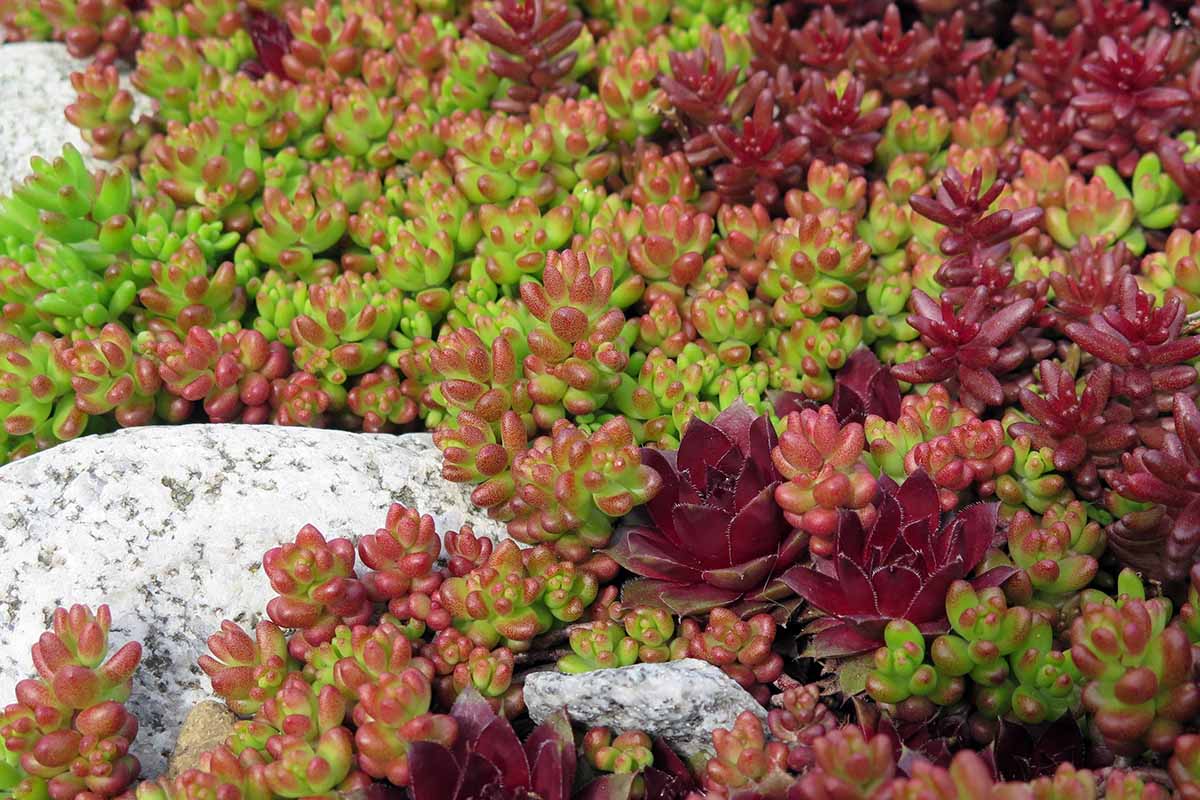
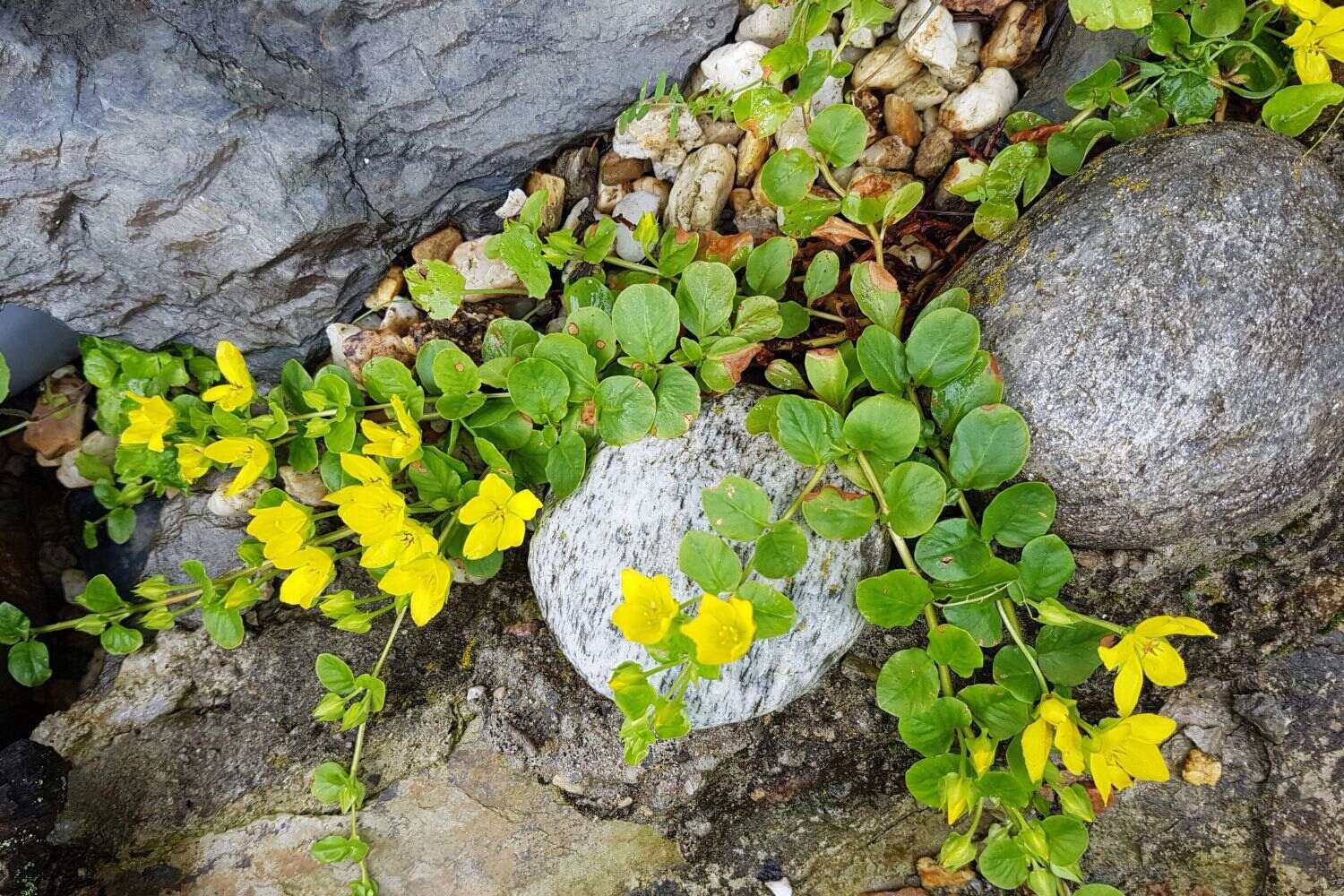


0 thoughts on “When To Plant Creeping Thyme Ground Cover”